Hi I wrote this post on English and Slovak language.
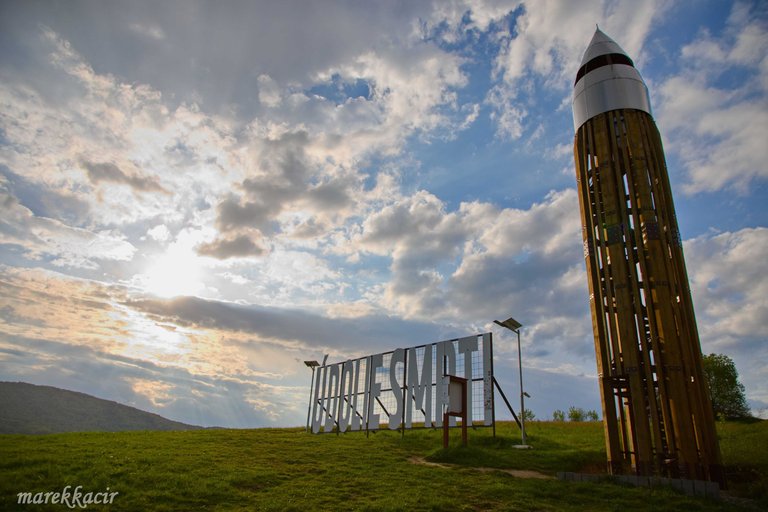
In today's post, we will look at history, at the battles during the Second World War. I will tell you about the historical events that happened during the liberation of Slovakia. We also visited this area on our trip through eastern Slovakia. The weather is kind to us, so let's do it.
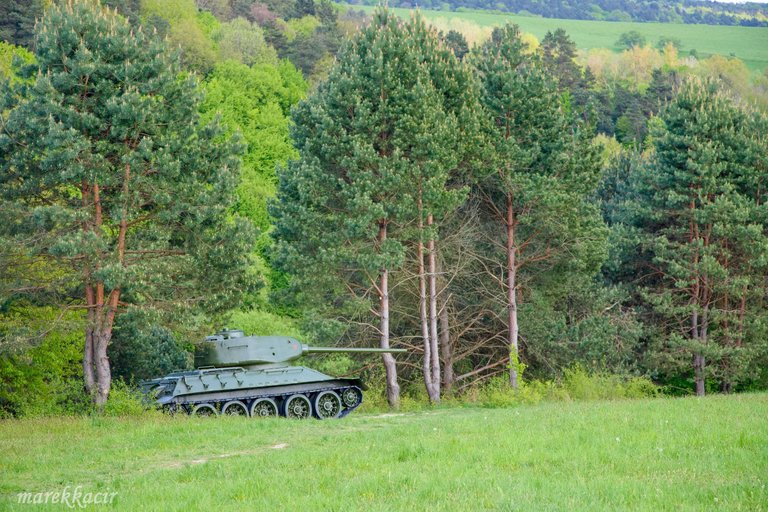
In 1944, the Slovak National Uprising broke out in Slovakia. The people, partisans and part of the army resisted the Nazi representatives of the Slovak state and the German army. The Red Army was approaching the borders of Slovakia from the east. The ideal scenario would be for her to join forces with the rebels as soon as possible. The passage through mountainous Slovakia would be much faster and with less losses.
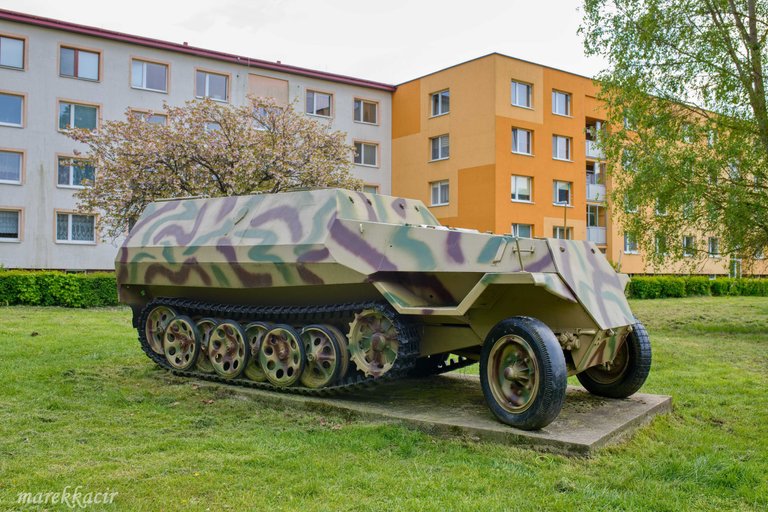
However, the remnants of the Wehrmacht were against it. After the announcement of the Slovak National Uprising, they entered the territory of Slovakia and gradually occupied territories that the rebel army did not have under their control. At the same time, the Germans disarmed the military garrisons that did not join the uprising. It was a logical step as they did not want to risk anything.
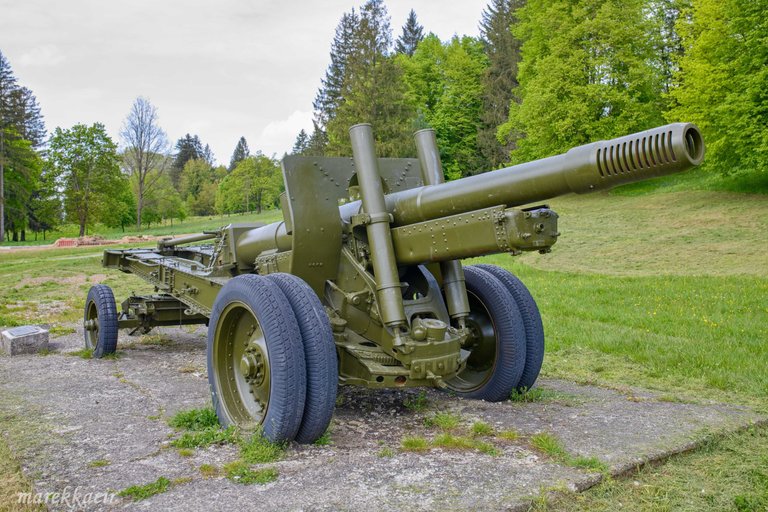
Unfortunately, the Germans also disarmed the garrisons allocated in eastern Slovakia. Subsequently, they began to prepare for defense against the Red Army. They used the mountain range of the Carpathian Arch for that. It was here that they fortified themselves and hoped to repel the attack.
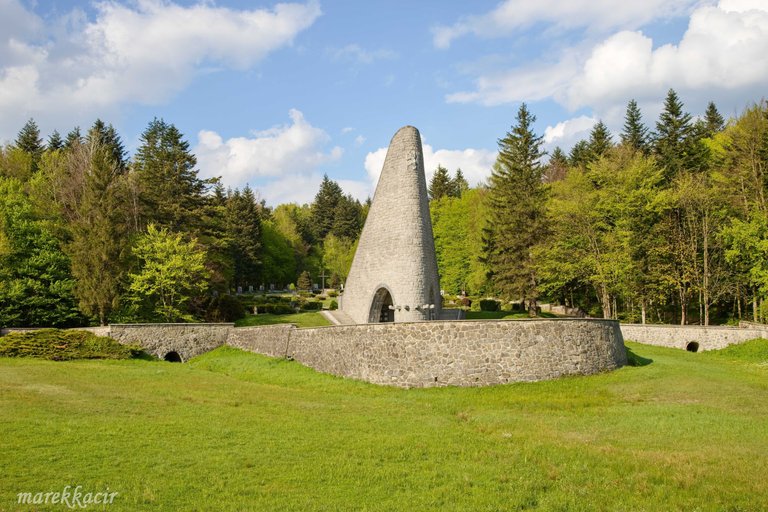
We came to see the place of heavy fighting on the territory of Slovakia. The monument at Dukla near the Slovak-Polish border reminds us of this to this day.
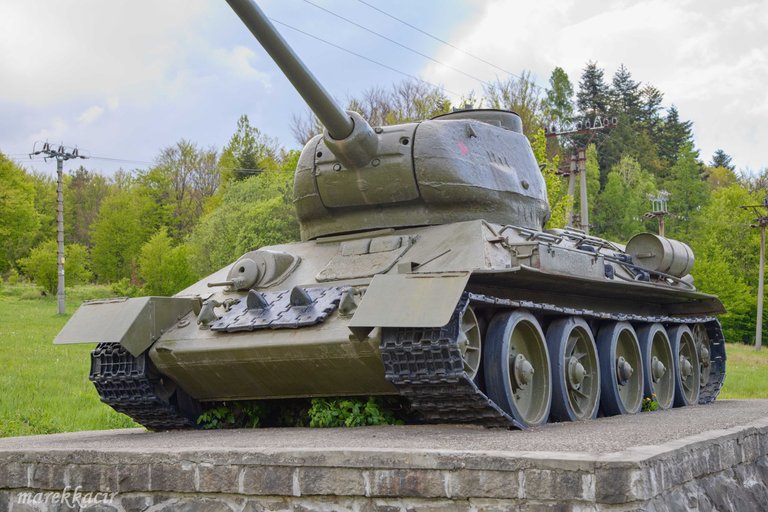
In the Katpatsko-Duklian operation, the 38th Army of the 1st Ukrainian Front and part of the 1st Guards Army of the 4th Ukrainian Front faced each other on the side of the Soviet Union. The 1st Czechoslovak Army Corps was also part of the 38th Army. On the German side, the units of the 1st German Tank Army and the Hungarian 1st Army stood fearlessly against the odds.
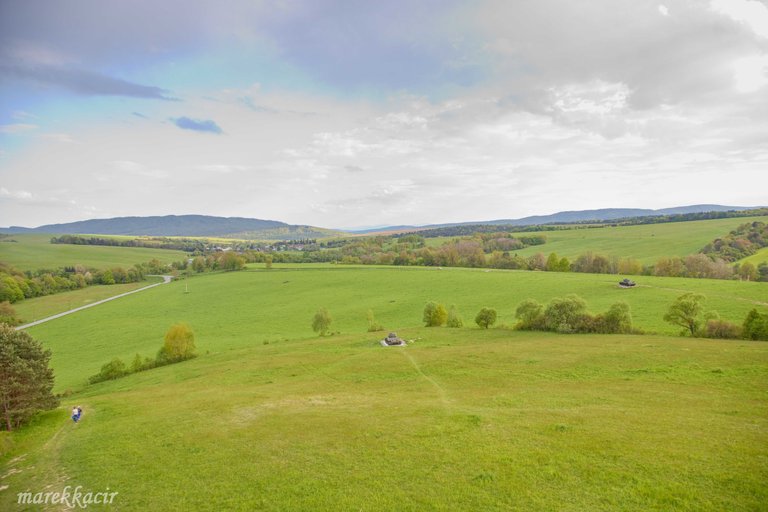
The operation began on September 8, 1944. As I already mentioned, the goal of the Red Army was to join the Slovak insurgent army as soon as possible. They set themselves the goal of liberating the city of Prešov within five days. However, the defenders prepared well for the attackers and significantly complicated their progress.
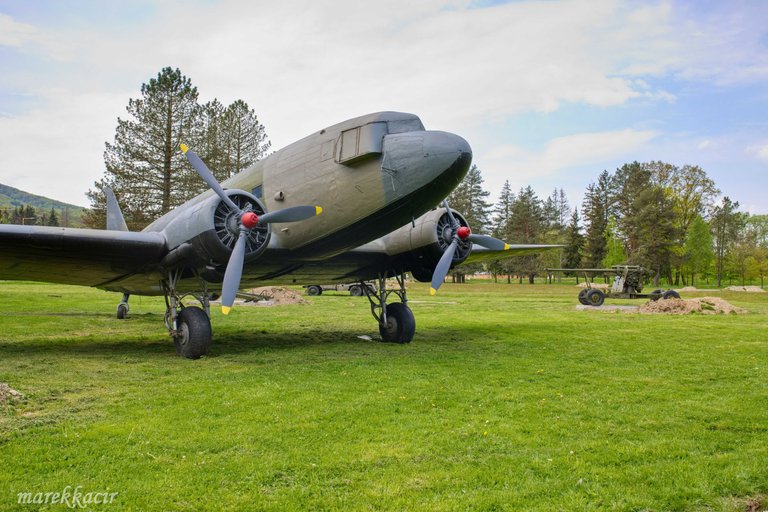
In addition to the German fortifications, the weather also complicated their progress for the attackers. It was foggy and rainy, which complicated the activities of the Soviet Air Force. It wasn't until September 21, 1944 that the first Slovak village, Kalinov, was liberated.
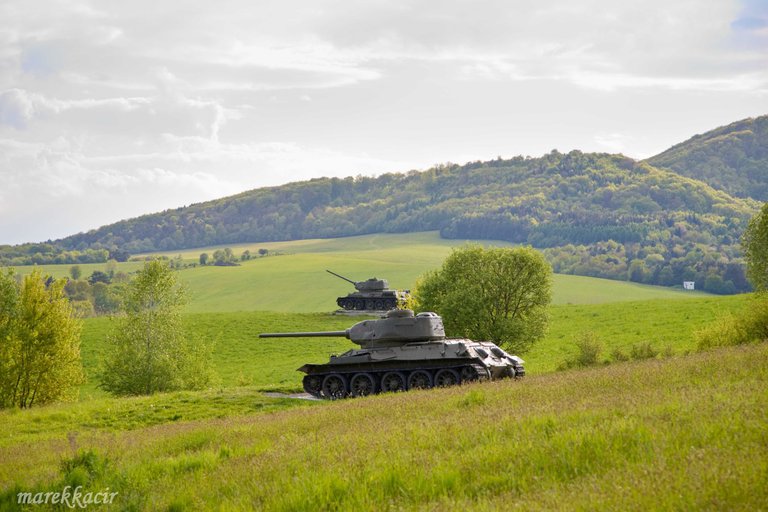
We are in Death Valley, where the German army moved after retreating from the Duklian Pass. This is how they named the place between the villages of Nižná Pisaná and Kapišová. It was here that the most difficult battles of the Carpathian-Duklian operation took place.
From this place we can see the terrain in which the defenders dug in and which the attacking army had to recapture. The Soviet tanks somehow continued to advance in this way.
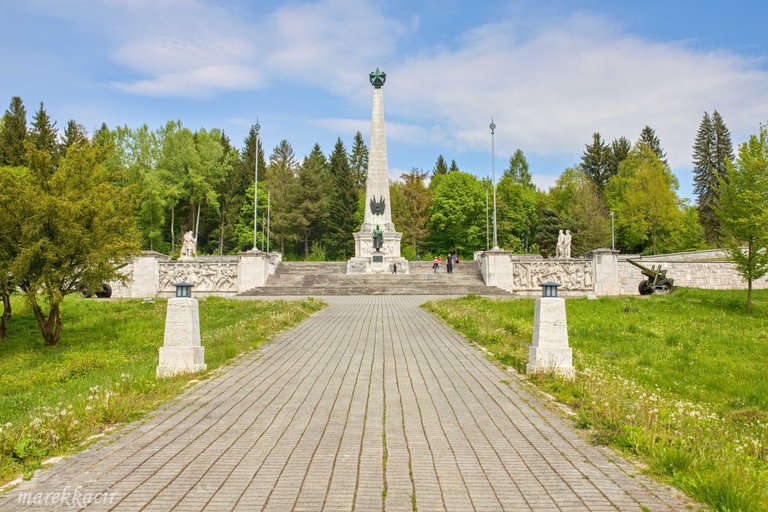
Chills run down my spine when I imagine what happened in this place years ago.
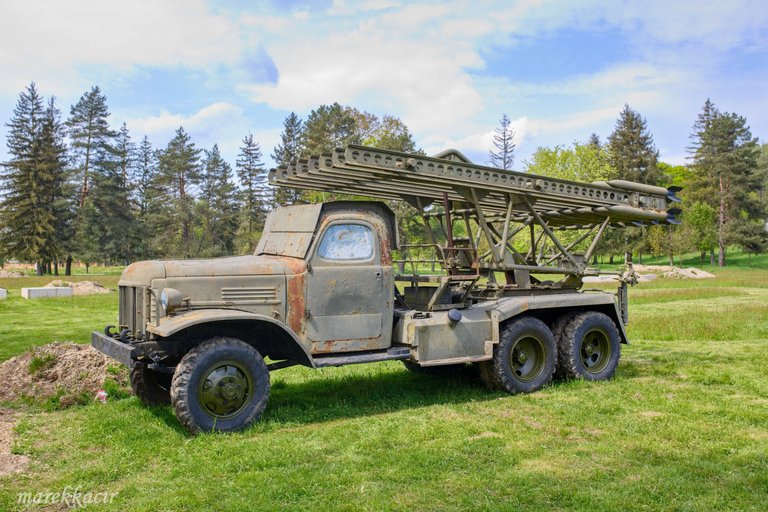
The Soviet army eventually managed to occupy the territory of the Carpathian Arch and force the defenders to retreat. Slovakia was not completely liberated until May 3, 1945.
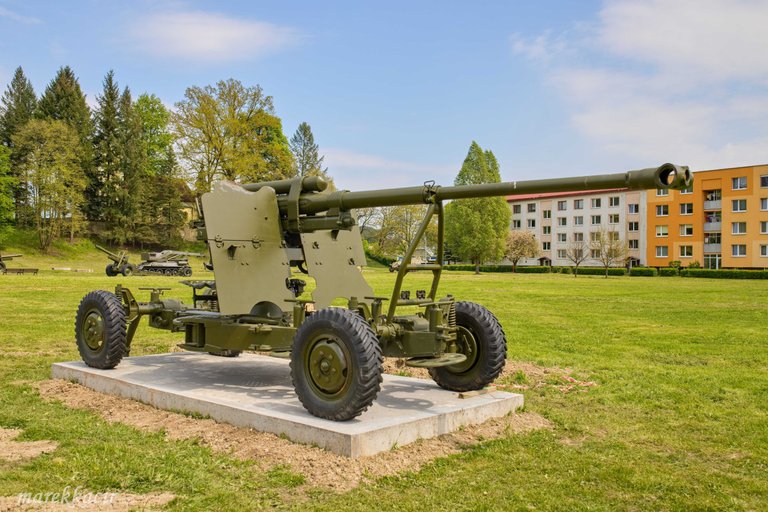
I also took some photos of military equipment that I used in this article in the historical military museum in Svidník. If you want to learn something more, be sure to visit it.

Thank you
Ahoj

V dnešnom príspevku sa pozrieme do histórie, do bojov počas druhej svetovej vojny. Priblížim vám historické udalosti ktoré sa stali pri oslobodzovaní Slovenska. Aj túto oblasť sme navštívili na našom výlete po východnom Slovensku. Počasie nám praje, tak poďme na to.

V roku 1944 vypuklo na Slovensku Slovenské národné povstanie. Ľudia, partizáni a časť armády sa postavila na odpor nacistickým predstaviteľom Slovenského štátu a nemeckej armáde. Z východu sa k hraniciam Slovenska blížila Červená armáda. Ideálny scenár by bol, keby sa čo najskôr spojila s povstalcami. Prechod hornatým Slovenskom by tak bol oveľa rýchlejší a s menšími stratami.

Proti tomu však boli zvyšky Wermachtu. Tie po vyhlásení Slovenského národného povstania vstúpili na územie Slovenska a postupne obsadili územia ktoré povstalecká armáda nemala pod kontrolou. Zároveň nemci odzbrojili vojenské posádky, ktoré sa k povstaniu nepridali. Bol to logický krok nakoľko nechceli nič riskovať.

Nemci nanešťastie odzbrojili aj posádky alokované na východnom Slovensku. Následne sa začali pripravovať na obranu pred Červenou armádou. Využili na to horské pásmo Karpatského oblúka. Práve tu sa opevnili a dúfali, že útok odrazia.

My sme sa prišli pozrieť na miesto ťažkých bojov na území Slovenska. Pamätník na Dukle blízko Slovensko-Poľských hraníc nám to dodnes pripomína.

V Katpatsko-duklianskej operácii proti sebe stála 38. armáda 1. ukrajinského frontu a časť 1. gardovej armády 4. ukrajinského frontu na strane Sovietskeho zväzu. Súčasťou 38. armády bol aj 1. československý armádny zbor. Na strane Nemecka sa proti presile nebojácne postavili jednotky 1. nemeckej tankovej armády a maďarská 1. armáda.

Operácia sa začala 8.9.1944. Ako som už spomínal, cieľom Červenej armády bolo sa čo najskôr spojiť so slovenským povstaleckým vojskom. Za cieľ si dali do piatich dní oslobodiť mesto Prešov. Obrancovia sa však na útočníkov výborne pripravili a ich postup im výrazne skomplikovali.

Okrem nemeckého opevnenia, útočníkom ich postup komplikovalo aj počasie. Bola hmla a daždivo, čo komplikovalo činnosť sovietského letectva. Až 21.9.1944 bola oslobodená prvá slovenská obec, obec Kalinov.

Nachádzame sa v Údolí smrti, kde sa nemecká armáda presunula po ústupe z Duklianskeho priesmyku. Takto nazvali miesto medzi obcami Nižná Pisaná a Kapišová. Práve tu prebiehali najťažšie boje karpatsko-duklianskej operácie.
Z tohto miesta môžeme vidieť terén v ktorom sa obrancovia zakopali a ktorý musela útočiaca armáda dobiť. Sovietske tanky takto nejako postupovali ďalej.

Až mi zimomriavky behajú po chrbte keď si predstavím čo sa na tomto mieste pred rokmi odohrávalo.

Sovietskej armáde sa nakoniec podarilo obsadiť územie Karpatského oblúka a prinútiť obrancov ustúpiť. Slovensko bolo úplne oslobidené až 3.5.1945.

Niektoré fotografie vojenskej techniky, ktoré som v tomto článku použil som nafotil aj v histórickom vojenskom múzeu vo Svidníku. Ak sa chcete dozvedieť ešte niečo navyše, určite ho navštívte.

Ďakujem
Congratulations, your post has been added to Pinmapple! 🎉🥳🍍
Did you know you have your own profile map?
And every post has their own map too!
Want to have your post on the map too?
Travel Digest #2225.
Become part of our travel community:
- Join our Discord
Hiya, @livinguktaiwan here, just swinging by to let you know that this post made it into our Honorable Mentions in Your post has been manually curated by the @pinmapple team. If you like what we're doing, please drop by to check out all the rest of today's great posts and consider supporting other authors like yourself and us so we can keep the project going!I have a place very close to where I'm living which served as a battlefield for a local fight a long while ago. Nothing compares to getting to walk on the same land centuries apart. Still makes you feel blessed not being part of those times.
Beautiful images.☺️
Thank you 🙂
You're welcome. 😊
Photos and descriptions of the battles near Dukla convey all the poignancy of those historical moments. It's incredible to reflect on past struggles and appreciate the history of these places. Great job covering these key events!Fascinating article @photoparadise!
Thank you 🙂